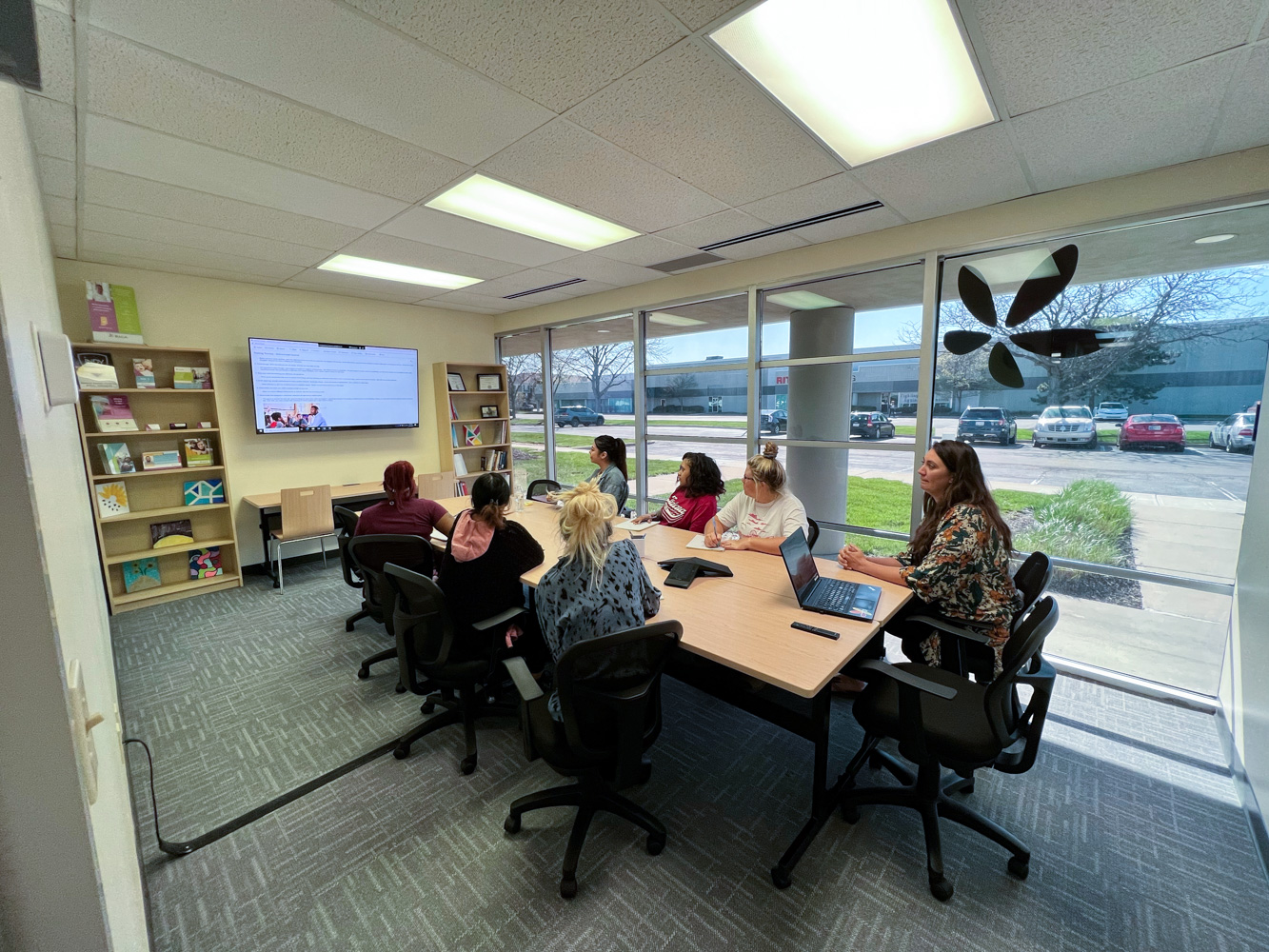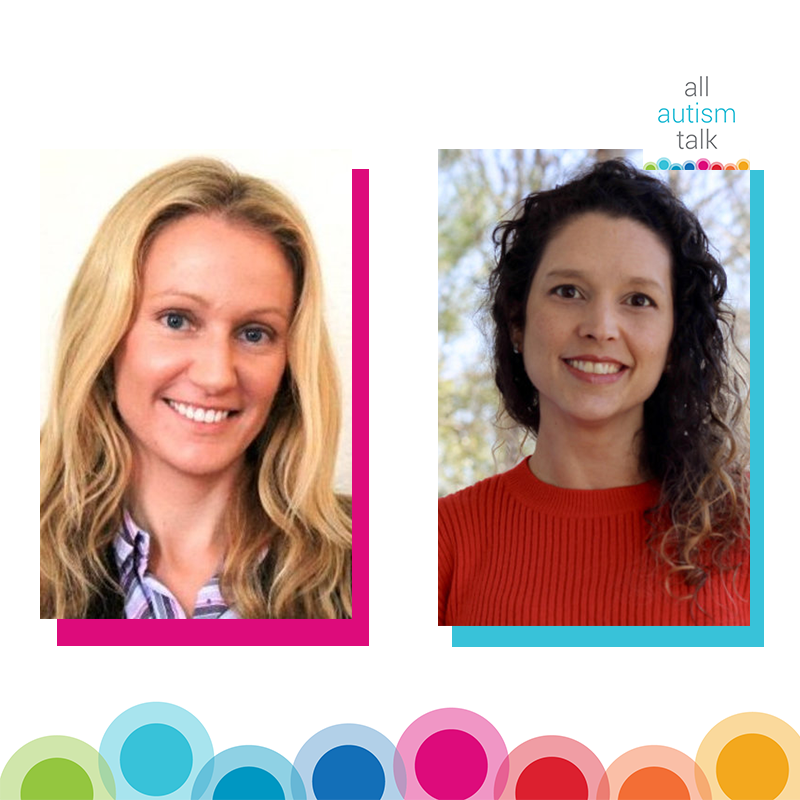Upholding Clinical Integrity: A Cornerstone for Leadership and Clinical Practice at LEARN Behavioral
FEATURED POSTS
September 25, 2025
September 2, 2025
Written by Dr. Ashley Williams, Ph.D., LABA, BCBA-D, Vice President
In the realm of healthcare and behavioral sciences, integrity stands as an unwavering pillar that supports both the practitioners and the individuals seeking assistance. Within LEARN Behavioral, a leading organization dedicated to enhancing lives through applied behavior analysis (ABA), the significance of clinical integrity resonates deeply, shaping not only the quality of services provided but also how we lead our teams.
The Essence of Clinical Integrity
Clinical integrity encompasses more than just adhering to ethical guidelines; it embodies a commitment to honesty, transparency, and a genuine dedication to the clients’ well-being. In the context of ABA, clinical integrity means adhering to evidence-based practices, valuing the principles of behavior analysis, and consistently providing high-quality services. As a leader at LEARN, integrity is my core value, and choosing to lead with integrity is a choice and commitment that I make each day to guide every decision I make.
Leadership and Clinical Integrity
As leaders, we understand that we serve as role models for our teams. We recognize that upholding clinical integrity isn’t just a checkbox but a responsibility that influences the organization’s culture and outcomes. When leaders prioritize integrity, it creates a ripple effect. Employees witness the importance of their work and feel empowered to maintain the same level of commitment. The leaders’ commitment to clinical integrity sets the tone for the team, fostering an environment of trust, professionalism, and continuous learning.
Impact on Employees
For employees, working within a culture of clinical integrity brings a profound sense of purpose, pride, and trust. When team members see their leaders consistently making ethical decisions and prioritizing evidence-based practices, it enhances their job satisfaction and motivation. They feel secure in the knowledge that they contribute to meaningful change in clients’ lives. This sense of fulfillment, in turn, translates into increased productivity, better teamwork, and reduced burnout.
Impact on Clients
Clients receiving ABA services from LEARN benefit from an organization rooted in clinical integrity. They can trust that their well-being is the top priority and that the interventions and strategies suggested are backed by contemporary, evidence-based behavior analysis. This trust is vital in fostering a strong therapist-client relationship, a cornerstone of successful behavior intervention. Clients experience progress that is not only effective but ethical, ensuring their dignity and respect are upheld throughout their journey.
What does clinical integrity look like each day? Here are a few examples:
- Commitment to Neurodiversity: LEARN’s commitment to contemporary ABA and supporting neurodivergence goes hand-in-hand with clinical integrity by promoting the dignity and respect of all of our clients in all settings and at all times.
- Continuous Professional Development: LEARN offers a monthly Speaker Series and a library of recorded trainings for our clinicians, allowing both behavior technicians (BTs) and behavior analysts access to continuing education on an ongoing basis.
- Adherence to the Ethical Code: The Behavior Analyst Certification Board (BACB) Ethics Code and relevant state licensure requirements, as applicable, serve to guide our clinical practice.
- Honesty in Reporting Data: As behavior analysts, we are responsible for maintaining data accurately and honestly.
- Clinical Assessments and Evaluations: Regular assessments and evaluations ensure that practices remain aligned with the latest research and ethical standards. Our clinicians choose from a battery of assessments that includes norm-referenced and criterion-referenced tools that help inform their clinical practice.
A commitment to clinical integrity is at the heart of our practice at LEARN. As we see the field of behavior analysis evolve and as our company continues to grow and change, our support of clinical integrity is our constant. My hope as a leader is for all clinicians to make a renewed commitment to leading with integrity every day. Collectively, a shared commitment to honesty, transparency, and respect will profoundly impact the clients we serve and build trust in the autism community.
Ashley Williams is a Vice President at LEARN Behavioral.
















